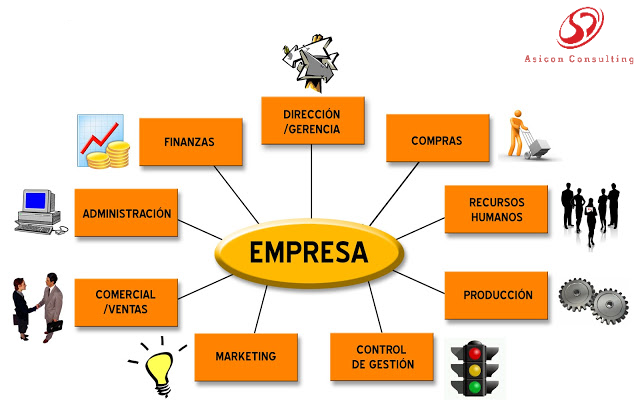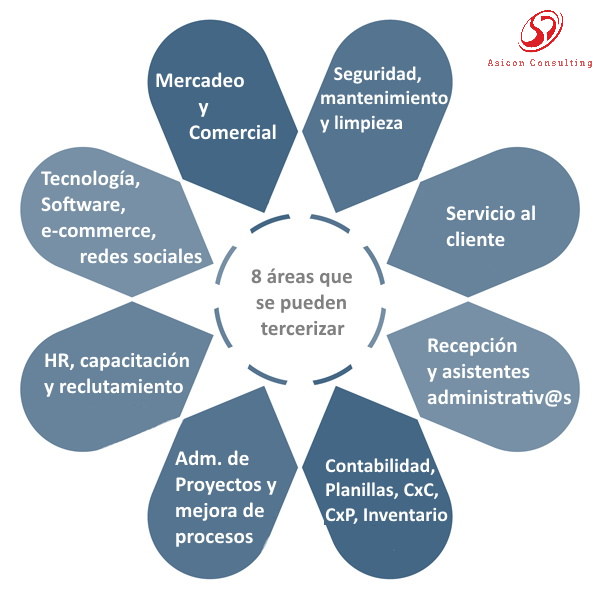Going virtual? New trends and work alternatives.

If the current crisis has taught us anything, it is the importance of technological tools, which have strengthened schemes not only for study but also for teleworking and outsourcing of resources for risk management, mitigation and transfer. That's when we hear words like "new normal" and "remote resources" immediately associated with the birth of new models of work and hiring.
Before 2020, companies had multiple physical departments and employees who traveled daily to their offices and returned home at the end of their workday within a specific time frame. Today, we face the opposite reality, and it has become increasingly “normal” to hear business owners turning their attention to remote work. What once required a validation process of employee requirements in order to qualify for the benefit of “working from home,” and was only granted to trusted staff for one or two days a week, has now become the rule. Many businesses never even considered it before, fearing they would lose control of their operations and that employees would not perform as well outside the office. Today, however, nearly every company has gone through the experience of having its staff 100% remote in order to maintain business continuity during the pandemic. The question now is: what reality will we return to once the crisis is resolved and current risks are controlled? Many business owners are answering that question with strong support for remote work.
Some of the benefits they find in the model include savings on utilities, replacing office rental expenses with employee benefits and training that ultimately translate into loyalty, higher employee performance, punctuality, reduced city traffic, among others.
However, not all departments or services can be carried out remotely, such as store or pharmacy clerks, mechanics, doctors, engineers, construction workers, waiters, among others—although some of these have reinvented themselves through digital platforms, virtual services, and home deliveries. This highlights even further the point of no return that 2020 marked in terms of technology, commerce, and labor practices.
Returning to the question of what our reality will be, some studies highlight that our future is virtual. Even universities have adapted their strategies to deliver degree programs entirely through virtual methodologies.
Another important point is which departments will continue to be part of a company’s structure and which will be outsourced to specialized professionals in each field. We begin by noting that departments can be classified into two major groups:
- Necessary for operations.
- Add value to operations.

We must start from the fact that all departments are necessary; otherwise, they would not have been implemented in the first place. However, the first group consists of those needed to provide the service and keep the core business running. These departments carry within their DNA the knowledge of the business, its product and/or service, and understand the process from design to delivery to the client. Within these departments are production, sales, customer service, engineering, etc. They have such knowledge of the product that they know how to sell it, how to answer any questions about it, and how to resolve any problems that may arise.
On the other hand, service departments add value to the operation by managing, monitoring, controlling, or improving it, and are equally necessary. Examples include accounting, information technology, project management, software development, process improvement, staff training, reception, marketing, commercial, procurement, quality, human resources, maintenance and cleaning, security, occupational health, and more.
What do these departments have in common?
They are departments that provide specialized services to the main operation. They are composed of expert resources in each area and do not need to know the product in its entirety to be successful.
Companies are increasingly inclined to outsource these services, since risk transfer is immediate. Although this trend has traditionally been more common in areas such as cleaning, maintenance, accounting, and security, it is now expanding to other areas where functions allow it.
An important point to consider is the transfer of resources and employees from companies to the outsourcing firms, so employees do not lose their jobs; instead, they move and gain more stability and experience by serving multiple clients.
These outsourcing companies can provide services or resources by tasks, hours, months, or specific projects, highlighting benefits such as reduced costs for equipment and facilities, risk mitigation, focus on the core business, and support from specialized firms that, in addition to the contracted service, offer advice in other areas of the company.

What should I look for in an outsourcing company?
- A formal website.
- Up-to-date compliance with tax, social security, insurance, and other obligations.
- Proper legal registration as a company, with the representative in good standing.
- Proof that the offered resources have resumes that guarantee experience in the services provided.
- A service catalog that provides comprehensive solutions to client needs.
Asicon Consulting
As you can see on our website www.asiconcr.com, we provide outsourcing of services and resources to companies, independent professionals, individuals, and residences in areas such as accounting, administration, finance, projects, processes, training, and technology (infrastructure and software). Our models include options by the hour, part-time, full-time, contract, project-based, consumption-based services (Services as a Service - SaaS), on-site (at the client’s office), remote, or at our offices.
We have specialists in three areas to streamline all your operations:
- 1. Administration (Finance, accounting, administration, HR, etc.)
- 2. Technology (Infrastructure, software, cybersecurity, networks, etc.)
- 3. Other Services (Projects, processes, training, etc.)
At Asicon Consulting, we offer services such as:
- Software Development
- Infrastructure
- Website Development
- Equipment Sales
- Accounting
- Resource Outsourcing
- Project Management
- Process Optimization
- Training
Contact Us!
We are Asicon Consulting — much more than administration and technology.





























